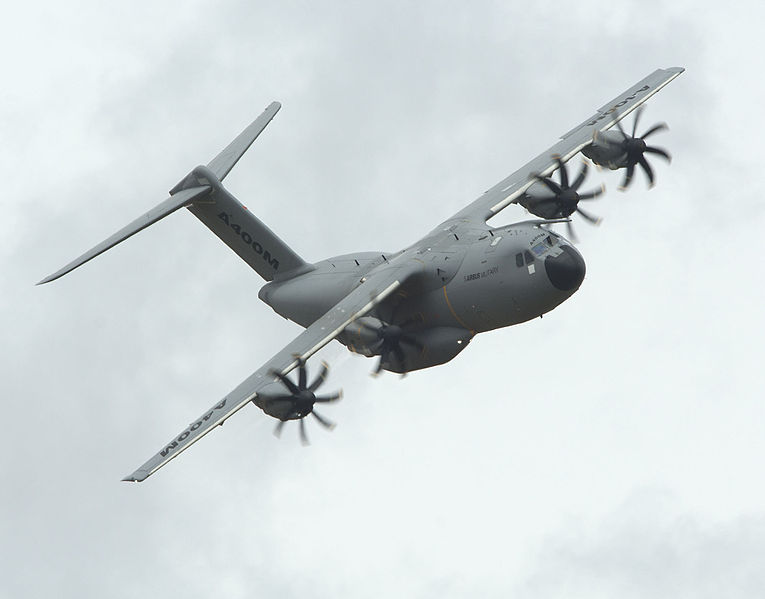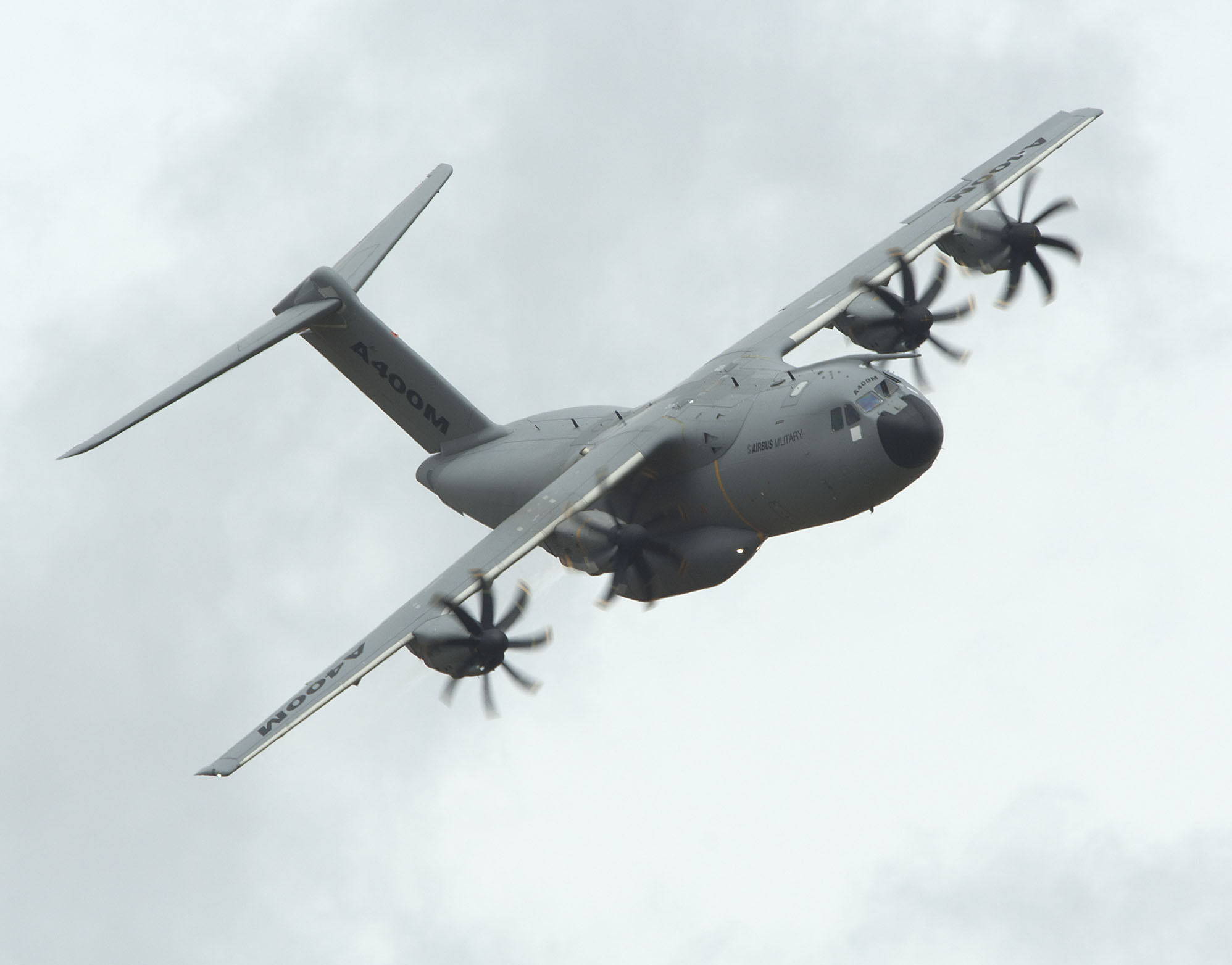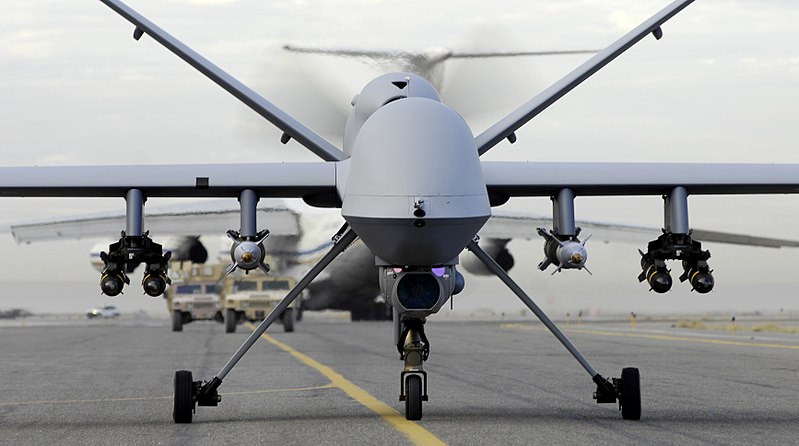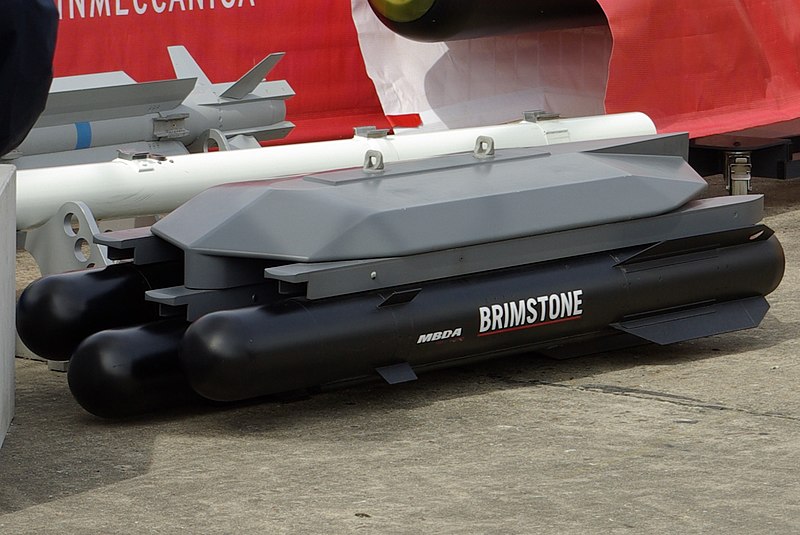18 Juin 2011 Philippe Oswald – Décryptage libertepolitique.com
« Les jours de Kadhafi sont comptés », affirme le Premier ministre britannique David Cameron. « L’Alliance ira jusqu’au bout de sa mission », martèle le commandant de l’opération « Protecteur unifié » de l’Otan en Libye, le général canadien Charles Bouchard. C’est ce qu’on nous répète depuis des semaines. Espérons que ce n’est pas une nouvelle manifestation de la méthode Coué. Car le temps presse pour au moins trois raisons.
La première, à ne jamais perdre de vue, ce sont les victimes : selon l'ONU, le conflit en Libye a fait depuis le 15 février entre 10.000 et 15.000 morts, et contraint près d'un million de personnes à prendre la fuite. Il est plus que temps de mettre un terme à cette hécatombe et à cette hémorragie que l’intervention militaire alliée avait pour seule mission d’éviter (à ce propos, la spécialiste des situations de crise d'Amnesty International, Donatella Rovera, qui revient de trois mois passés en Libye, estime que le nombre de victimes de Kadhafi durant la première phase des événements est bien moindre qu'annoncé, et accuse les rebelles d’avoir commis eux aussi des atrocités en particulier contre les travailleurs immigrés africains qui n’avaient rien de « mercenaires » de Kadhafi -lire ci-dessous).
La seconde raison d’en finir avec la guerre, c’est l’épuisement des deux principaux contributeurs à la mission de l’Otan, le Royaume-Uni et la France : le chef de la marine britannique, l'amiral Mark Stanhope, a estimé que celle-ci ne pourrait maintenir le rythme de ses opérations jusqu'à la fin de l'année. Pour sa part, le chef d'état-major de la marine française, l'amiral Pierre-François Forissier, a évoqué « un problème de ressources humaines » et de maintenance. « Quand on est en opération, on ne fait plus d'école, plus de formation », a-t-il souligné. Si, le Charles de Gaulle restait engagé en Libye jusqu'à la fin 2011, « il ne travaillerait plus du tout en opération en 2012. » Or c’est notre unique porte-avion !
Les partenaires de l’Otan doivent composer avec un budget militaire « stagnant, voire déclinant » a reconnu quant à lui le général français Stéphane Abrial, commandant suprême allié pour la transformation, chargé notamment à l’Otan de réfléchir sur l’évolution des problèmes stratégiques. S’exprimant la semaine dernière à Belgrade, en marge d'une conférence de l'Otan, il n’a pas caché à la presse que « si les opérations durent plus longtemps, bien sûr que la question des ressources deviendra critique ».
De son côté, le secrétaire américain à la Défense, Robert Gates, ne s’est pas privé, à la veille de prendre sa retraite, de pointer la faiblesse des alliés de l’Alliance atlantique, en prenant l’exemple des opérations en cours en Afghanistan et en Libye. Lui aussi s’exprimait la semaine dernière, mais à Bruxelles, au terme de deux jours de réunion des ministres de la Défense de l'Otan, pour dénoncer les « lacunes » tant militaires que politiques des Européens. Rappelant que les États-Unis contribuent à hauteur de 75 % aux dépenses de défense de l'Otan, Robert Gates a prévenu sans ambages que le débat sur le déficit budgétaire qui se déroule à Washington n’inciterait pas son pays à « dépenser de plus en plus en faveur de nations qui ne veulent visiblement pas allouer les ressources nécessaires ou entreprendre les changements nécessaires pour devenir des partenaires sérieux et capables pour ce qui relève de leur propre défense ». Et de prédire un avenir de l’Otan « sombre, voire lugubre ». Ambiance…Pour être sûr d’être entendu, Robert Gates en a remis une couche dans une interview à l’agence Associated Press (15 juin) en avertissant que l’Alliance atlantique « pourrait se briser », le fiasco libyen servant de révélateur.
La troisième raison pour laquelle le temps presse, c’est que les interventions militaires sont soumises à des échéances légales dans les pays démocratiques. En France, l'article 35 de la Constitution encadre une intervention de l'armée hors des frontières. Dans une première étape, le gouvernement se contente d’informer le Parlement de sa décision de faire intervenir les forces armées à l'étranger, « au plus tard trois jours après le début de l'intervention en précisant les objectifs poursuivis ». Mais « lorsque la durée de l'intervention excède quatre mois, le gouvernement soumet sa prolongation à l'autorisation du Parlement ». L'intervention française en Libye ayant commencé le 19 mars dernier, une session devra donc être programmée avant le 19 juillet. On peut s’attendre à des débats houleux, alors que le coût des opérations supporté par la France est évalué à 1,2 million d'euros par jour. Qui plus est, nombre d’experts militaires estiment que l’intervention d’hélicoptères nous a fait entrer subrepticement dans une nouvelle phase, celle d’opérations terrestres. Selon eux, en effet, le combat terrestre de contact se compose de trois pions : le combat "débarqué" de l'infanterie, le combat "embarqué" des chars, et l'aéro-combat des hélicoptères, bien différent des missions de l’aviation.
Aux Etats-Unis, l'intervention militaire en Libye est l'occasion d'un nouveau bras de fer entre Républicains et Démocrates. Le président de la Chambre des représentants, le républicain John Boehner, vient de mettre en garde le président Barack Obama quant à une éventuelle poursuite des opérations militaires américaines sans autorisation préalable du Congrès. En Grande-Bretagne, la prolongation est acquise jusqu’en septembre, mais le chef de la Royal Navy, l'Amiral Mark Stanhope, a averti que les priorités devront être repensées si l'opération lancée par l'Otan durait plus de six mois. D’autres pays engagés en Libye ont annoncé qu’ils mettraient les pouces d’ici peu, telle la Norvège qui rapatriera ses six chasseurs F16 le 1er août.
Au-delà des moyens et des échéances, reste posée la question principale, celle de la finalité : pourquoi sommes-nous intervenus en Libye, pour quoi, pour qui nous battons-nous ? Nous avons déjà écrit ici la défiance que cette intervention nous inspirait. Ce sentiment vient d’être conforté par le rapport réalisé à l’initiative du Centre international de recherche et d’étude sur le terrorisme et d’aide aux victimes du terrorisme (CIRET-AVT) et du Centre français de recherche sur le renseignement (CF2R), avec le soutien du Forum pour la paix en Méditerranée. Ce rapport a été réalisé par des experts en matière de défense et de sécurité, tels Yves Bonnet, ancien patron de la Direction de la surveillance du territoire (DST), et Eric Dénécé, ancien officier-analyste à l’Evaluation et la Documentation stratégique du Secrétariat Général de la Défense Nationale, au terme d’un voyage d’étude dans les deux camps qui s’affrontent en Libye, à Tripoli du 31 mars au 6 avril, puis à Benghazi, du 19 au 25 avril. Sans nier la gravité des violations perpétrées par le régime du colonel Kadhafi, les experts sont parvenus à la conclusion suivante : « L’étude des faits nous conduit à affirmer que la révolution n’est ni démocratique, ni spontanée. Nous sommes en présence d’un soulèvement armé organisé de la partie orientale du pays, dans un esprit de revanche et de dissidence ».
Alors que les révoltes populaires en Tunisie et en Egypte étaient dues surtout à l’aggravation de la crise économique, c’est plutôt la répartition du pactole pétrolier qui est en jeu en Libye, sur fond de vieilles défiances tribales, estiment ces experts. Ils n’hésitent pas à dénoncer le caractère mafieux de certains des acteurs de la rébellion, notamment à Benghazi, « épicentre de la migration africaine vers l’Europe » : « Le trafic humain s’est transformé en une véritable industrie, brassant des milliards de dollars. Une monde parallèle mafieux s’est développé dans la ville où le trafic est profondément implanté et emploie des milliers de personnes dans tous les domaines. » C’est précisément parce que le pouvoir libyen avait enfin entrepris de combattre ce cancer en collaborant avec les autorités italiennes que la « mafia locale » a « été en pointe dans le financement et le soutien à la rébellion libyenne » et que des gangs se sont livrés à des expéditions punitives contre « plusieurs centaines de travailleurs immigrés » de divers pays d’Afrique. Cette information a été confirmée le 16 juin à son retour à Paris par l’envoyée d’Amnesty International, Donatella Rovera, qui évoque une « chasse aux sorcières » meurtrière : « Des attaques inadmissibles contre les travailleurs migrants ont eu lieu, en particulier contre les subsahariens, a-t-elle rapporté. Et il y a une responsabilité des autorités politiques qui ont créé cette psychose sur les mercenaires. Certains ont été lynchés, d'autres pendus dans les places publiques. J'ai vu leur corps dans les morgues. Là, c'était la foule. Mais après j'ai retrouvé des corps par-ci par-là, pieds et mains liés une balle dans la tête... »
Le rapport précédent pointe aussi l’hétérogénéité du Conseil national de transition (CNT), l’organe politique de la rébellion, « coalition d’éléments disparates aux intérêts divergents, dont l’unique point commun est leur opposition déterminée au régime. Les véritables démocrates n’y sont qu’une minorité. »
On peut en effet nourrir légitimement des doutes sur l’attachement à la démocratie du clan des Sénoussis, qui pratiquent une « forme conservatrice et austère de l’Islam » et ne pardonnent pas à Kadhafi d’avoir renversé en 1969 le roi Idriss, membre du clan. On éprouve les mêmes doutes vis-à-vis du président du CNT en personne, Mustapha Abdujabil al-Bayda, opposant de la dernière heure, qui n’est autre que l’ancien ministre de la Justice libyenne et le président de la cour d’appel de Tripoli ayant confirmé, par deux fois, la peine de mort prononcée contre les infirmières bulgares et le médecin palestinien, emprisonnés de 1999 à 2007 à Benghazi ! Plus grave encore, la présence en Cyrénaïque de jihadistes, anciens du Groupe islamique de combat libyen (GICL), fondé en Afghanistan dans les années 1990 par des ressortissants libyens : « La région qui va de Benghazi à Tobrouk en passant par Derna représente l’une des plus grandes concentrations de terroristes au monde, avec un combattant envoyé en Irak pour 1.000 à 1.500 habitants » indique le rapport, citant une étude de l’Académie militaire de West Point. La conclusion s’impose : « La coalition militaire sous l’égide de l’Otan soutient une rébellion comprenant des terroristes islamiques.» N’est-ce pas déjà ce que les Américains avaient fait en Afghanistan il y a trente ans…avec des conséquences que nous continuons de payer aujourd’hui avec eux au prix fort ?
Pour lire ce rapport sur la situation en Libye : http://www.cf2r.org/images/stories/news/201106/rapport-libye.pdf

























